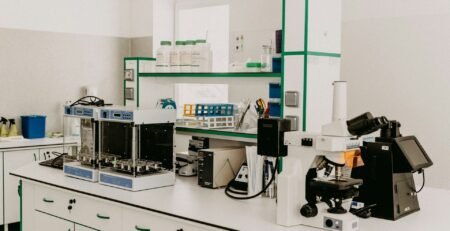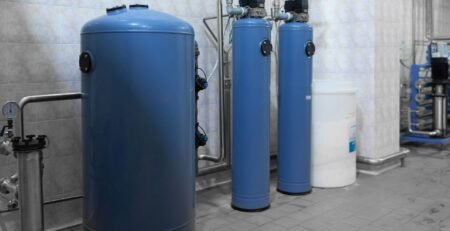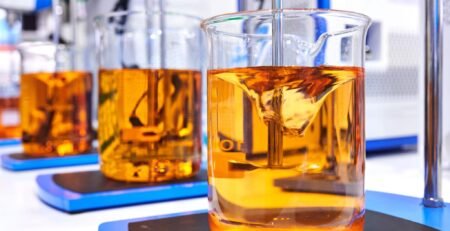29
Aug
Pipette Accuracy in the Lab: Pumps, Fillers, and Calibration Best Practices
Pipettes are one of the most widely used tools in laboratories, and their accuracy directly impacts the reliability of results. From teaching labs to pharmaceutical research, ensuring pipettes are used correctly and maintained properly is essential for reproducibility. For Australian laboratories, choosing the right accessories and following calibration best practices keeps workflows efficient and compliant.
Pipette pumps and fillers are essential for safe and accurate liquid handling. Manual rubber fillers provide cost-effective control for basic applications, while advanced pipette pumps offer smoother operation, ergonomic comfort, and greater precision. These tools reduce the risk of user error, improve reproducibility, and provide a safer alternative to mouth pipetting — which is prohibited in modern labs.
Calibration and maintenance are equally critical. According to ISO 8655 standards, pipettes should be calibrated regularly to ensure accuracy. Routine checks against standard solutions or balances help identify drift or wear early, while professional calibration services guarantee compliance for research and industry. Training staff in correct pipette use — including immersion depth, plunger control, and consistent technique — also plays a key role in minimising error.
LabChoice Australia supplies pipette pumps, fillers, and accessories designed for precision and reliability, alongside guidance for calibration practices. By combining the right tools with regular maintenance, laboratories can achieve consistent results while extending the life of their equipment.
FAQs
Why are pipette pumps and fillers important?
They improve accuracy, reduce user fatigue, and ensure safe handling of liquids.
How often should pipettes be calibrated?
At least every 6–12 months, depending on usage and application criticality.
Are manual fillers still used in labs?
Yes, they are common in education and basic lab setups, while advanced pumps are preferred in research and industry.
Which standards apply to pipette calibration?
ISO 8655 specifies performance and calibration requirements for laboratory pipettes.
Does LabChoice Australia supply pipette accessories?
Yes, including pumps, fillers, and calibration guidance for schools, universities, and industry labs.
References
- ISO 8655: Laboratory Pipettes – Accuracy and Calibration
- ACS Laboratory Pipetting Guidelines
- University of Melbourne Laboratory Techniques Manual
- NIST Pipette Calibration Practices
- ASTM E1154: Standard for Liquid Handling Instruments



